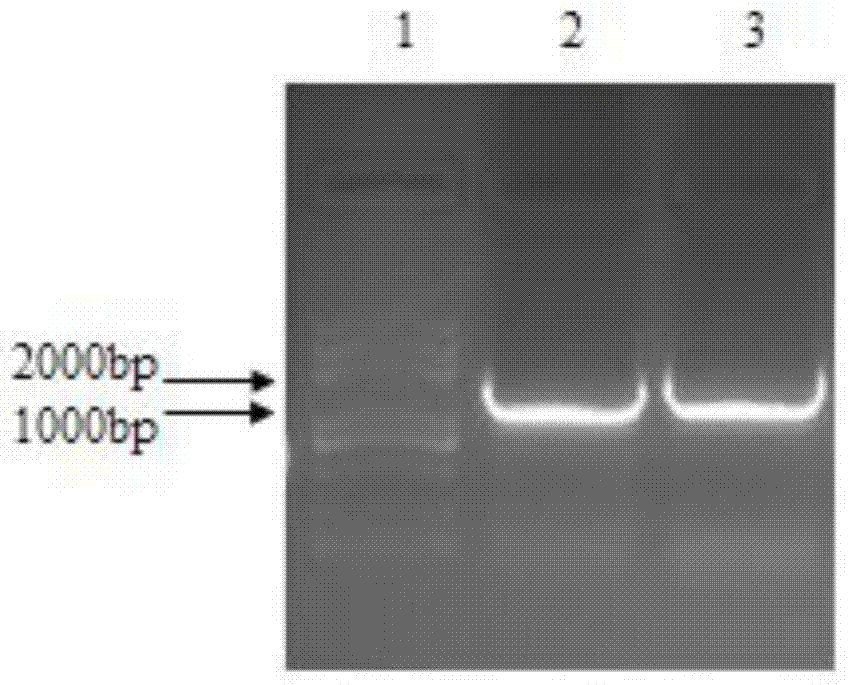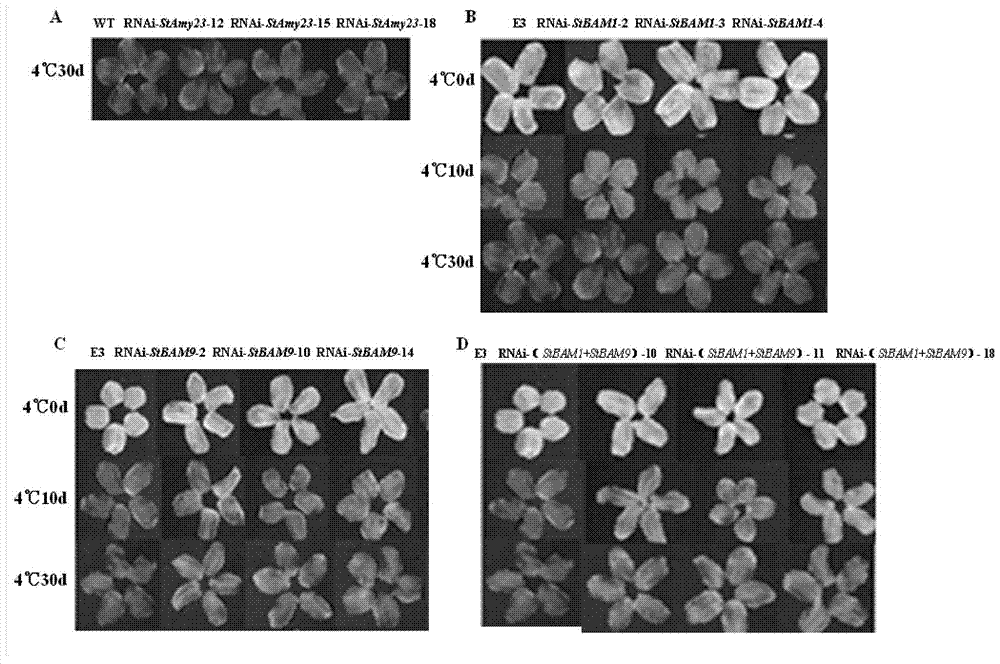Polynucleotide sequence for regulating low-temperature sweetening of potatoes and application thereof
A polynucleotide and low-temperature saccharification technology, which is applied in the field of plant genetic engineering, can solve the problem of no relevant literature reports, etc., and achieve the effect of improving the ability to resist low-temperature saccharification and reducing the content
- Summary
- Abstract
- Description
- Claims
- Application Information
AI Technical Summary
Problems solved by technology
Method used
Image
Examples
Embodiment Construction
[0023] The present invention will be described in more detail below in conjunction with specific embodiments. From the following description and these Examples, one skilled in the art can ascertain the essential characteristics of the present invention. And without departing from the spirit and scope of the present invention, various changes and modifications can be made to the present invention to adapt it to various usages and conditions. The present invention intervenes simultaneously in potato StBAM1 with StBAM9 These two genes significantly improved the ability of potato tubers to resist low-temperature saccharification, and the effect was significantly better than that of individual intervention StAmy23 , StBAM1, StBAM9 transgenic lines. Simultaneous interference StBAM1 , StBAM9 The application of these two genes in the aspects of resistance to low-temperature saccharification and frying processing quality all belong to the protection scope of the present inven...
PUM
 Login to View More
Login to View More Abstract
Description
Claims
Application Information
 Login to View More
Login to View More - R&D
- Intellectual Property
- Life Sciences
- Materials
- Tech Scout
- Unparalleled Data Quality
- Higher Quality Content
- 60% Fewer Hallucinations
Browse by: Latest US Patents, China's latest patents, Technical Efficacy Thesaurus, Application Domain, Technology Topic, Popular Technical Reports.
© 2025 PatSnap. All rights reserved.Legal|Privacy policy|Modern Slavery Act Transparency Statement|Sitemap|About US| Contact US: help@patsnap.com



